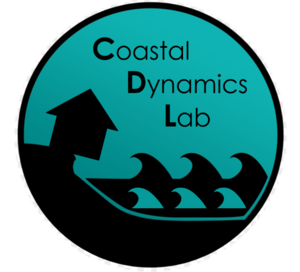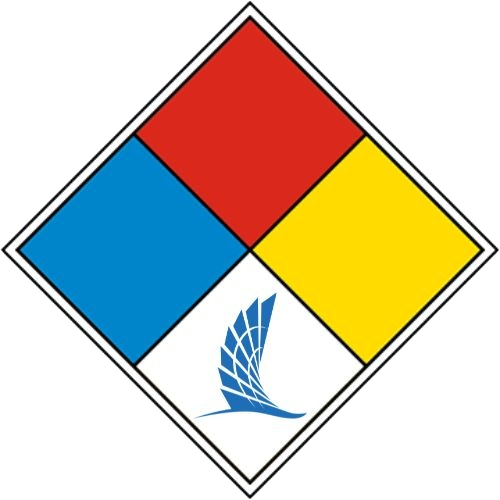CORPUS CHRISTI, Texas – A joint team from Texas A&M University-Corpus Christi, the City of Corpus Christi, and Nueces County has developed three models that can predict the number of cases of COVID-19 in the Coastal Bend and the impact on local hospitals, depending on mitigation measures, how well they are followed, and the characteristics of the local population.
At the meeting of the Corpus Christi City Council Friday, the team shared the models along with predictions for the next three to four months based on the information they presently have. They will continue to improve the models based on new information.
Dr. Chris Bird, Associate Professor of Biology, explained the project and discussed the large differences between a scenario without precaution and one that follows the present measures.
“We would be facing hundreds of COVID-19 deaths in the coming few weeks if we were not taking these steps,” said Bird, who typically studies molecular genomics to advance understanding of marine species and promote the sustainability of marine ecosystems.
The models outline three scenarios: what would be happening if social distancing and stay-at-home orders had not been put in place; what would happen if such orders were ended today; and what would happen if these measures stay in place and are followed by the public.
Results between the first two scenarios were somewhat similar but showed a big difference if social distancing and stay-at-home orders stayed in place. One graphic presented at the meeting showed that if no measures had been taken, the Coastal Bend would have as many as 300,000 cases of COVID-19 by mid-April. If measures ended today, the Coastal Bend still could see up to 200,000 cases by mid-May. If measures continue, a peak in cases could be delayed until late May with an estimate of 10,000-87,000 cases.
“It does show some pretty dramatic impacts of how, by us following the orders that have been put in place of social distancing and staying at home, why it matters,” Corpus Christi City Manager Peter Zanoni said. The city approached University leaders President Kelly M. Miller and Vice President for Research and Innovation Ahmed Mahdy last week for help in studying the situation and creating the models.
“It was without hesitation that they assembled a team of research scientists to help our community better understand and project COVID-19 infections and the impact they would have on our regional medical facilities,” Zanoni said.
The team studied transmission ratios across Texas to make predictions about how rapidly the virus would spread here.
“Pandemics are very rare but this is also why it is difficult for all of us to come to grasp with how quickly things can evolve,” said Dr. Philippe Tissot, Interim Director of the Conrad Blucher Institute (CBI) at Texas A&M-Corpus Christi. “At the start of the epidemic, using the analogy of a fire, you go from a few community brush fires, to before you know it, within weeks, a full forest fire.”
Tissot said this “forest fire effect” is what has happened in places such as Wuhan, China, Italy or New York City. For the Coastal Bend, initially, it will be more a matter of anticipating what is yet to come.
“The models’ projections and visuals provide the public comparisons of what can happen very quickly if we do not apply strong mitigation measures,” Tissot said. “The graphics provide a comparison of where we would be heading without the mitigation measures that our state, county, and city took. The models also allow us to test different strategies and will allow our decision makers to compare options while considering other factors such as likely economic impact.”
Tissot noted that instead of spending a lot of time creating models from scratch, the researchers looked at existing models that could be used for this purpose.
“Predictions were needed as soon as possible and there were good open-source, vetted options available,” Tissot said. “The team reviewed existing models that were already used to predict the COVID-19 impact including the ones used by the White House. The team selected three models that could be adapted to the Coastal Bend.”
The team is combining data about the virus and from other places where the pandemic has had a greater effect with data from the Coastal Bend. The team also will compare predictions of these three models with two different models being run by others for the full state of Texas.
Tissot said the process can be compared to hurricane predictions.
“The three models have different assumptions and mechanics and give us a better idea of what will happen, a little bit like the spaghetti diagrams predicting a hurricane’s path,” Tissot said. “Also, this is a new virus that we are constantly learning more about. While the virus is the same everywhere, it will propagate differently in New York, Italy, and China as compared to the Coastal Bend. We need to take that into account and learn from the developing local data.”
Tissot said an important component of the process is the collection and flow of information from the hospitals and the testing labs.
“The city, county, and individual hospitals have started to provide this crucial information and we are building with them this information pipeline that will feed the models,” he said. “The team is also working on dashboards similar to the one already provided by the university to track the pandemic in Texas (https://www.conradblucherinstitute.org/covid19).”
The A&M-Corpus Christi team includes Dr. Chris Bird, Associate Professor of Biology; Dr. Lucy Huang, Associate Professor of Geographic Information Science and coordinator of the Geospatial Systems Engineering Program in the Department of Computer Sciences; and Marine Biology Ph.D. candidate Jason Selwyn as lead modelers for the taskforce. Many others are gathering and verifying information, building the information pipeline, and developing the eventual dashboards that will provide the information to the public.
Faculty and researchers from CBI, the Life Sciences and Computer Sciences departments and the College of Nursing and Health Sciences form the core of the team as it collaborates with staff at the city, county, and local hospitals. Ph.D. students Evan Krell and Mahmoud Eldefrawy are working with Dr. Scott King, chair of the Computer Sciences Department, to automate the data flow processes. CBI undergraduate research assistant Audrey Garza is helping gather and process data. Others in the health care community are also lending their expertise, including Mike Mohat, Senior Director for Emergency/Intensive Services at Driscoll Children’s Hospital.
While the researchers at CBI and elsewhere across the university are currently applying their unique skills to this crisis situation, CBI normally focuses on coastal monitoring, mapping shorelines for beach erosion studies, oceanic/atmospheric predictions, and other related research. They also work to provide for the unique needs of Texas surveyors by developing strong continuing education and research programs in GIS and Geomatics.
To see a copy of the full presentation given on April 10, 2020, visit https://www.tamucc.edu/assets/covid-19-taskforce-presentation04102020.pdf.

























